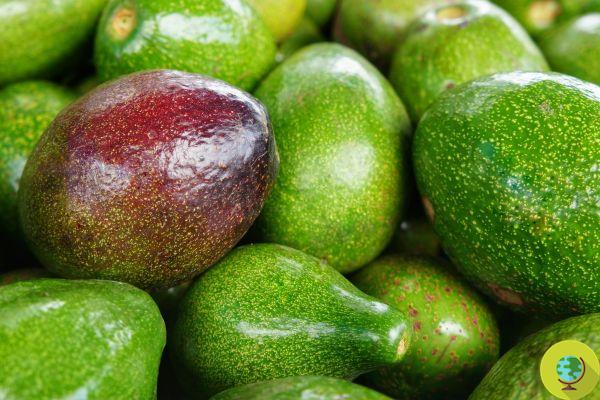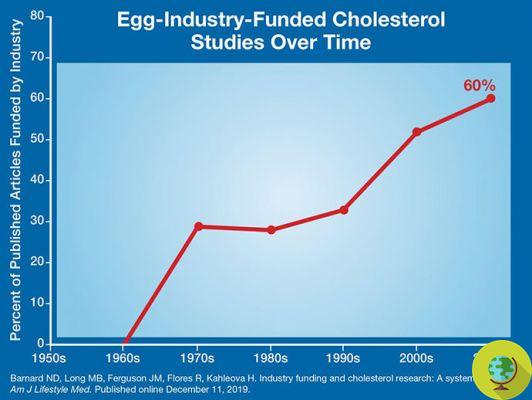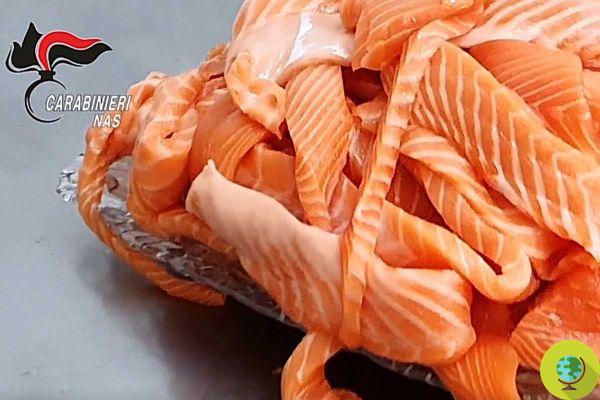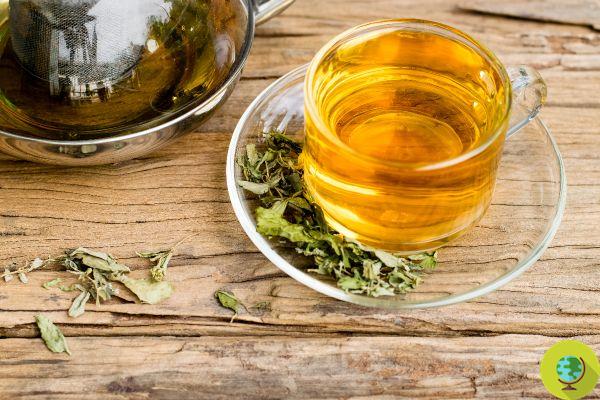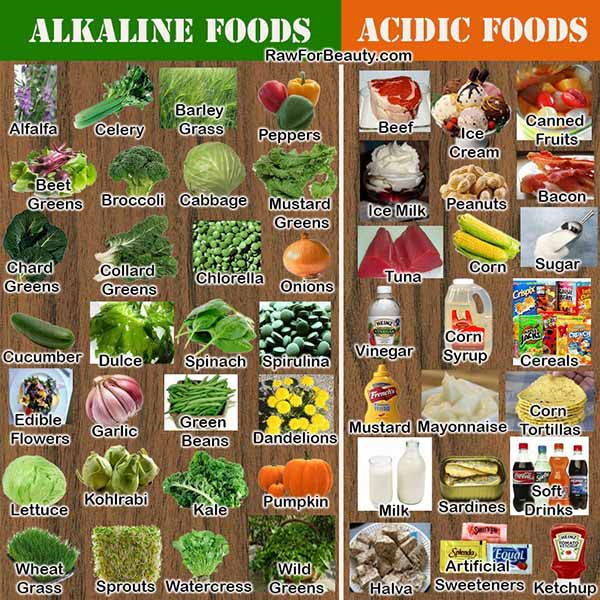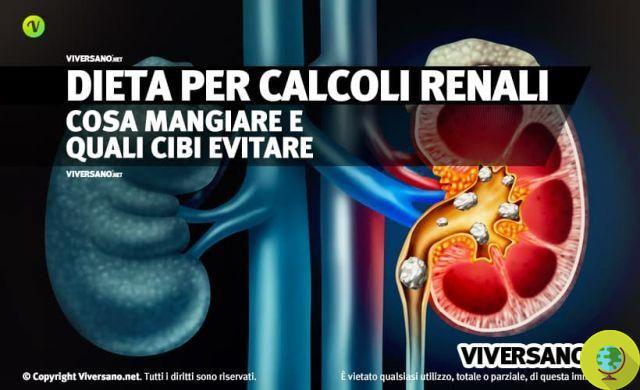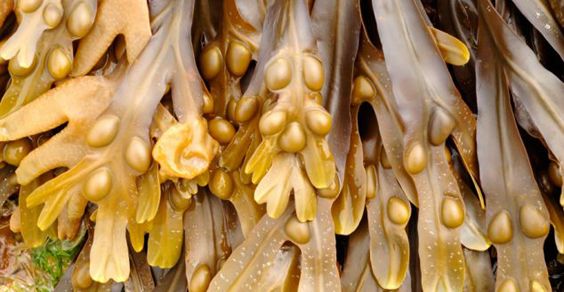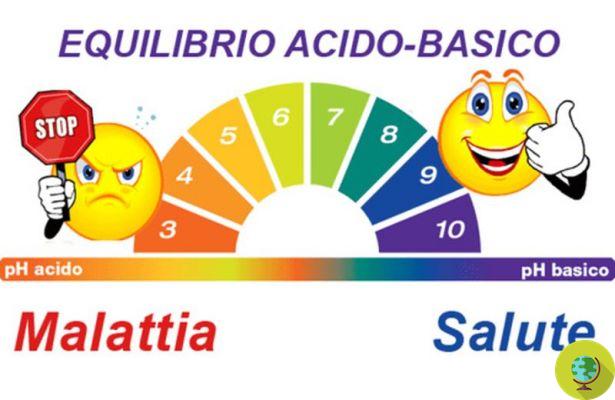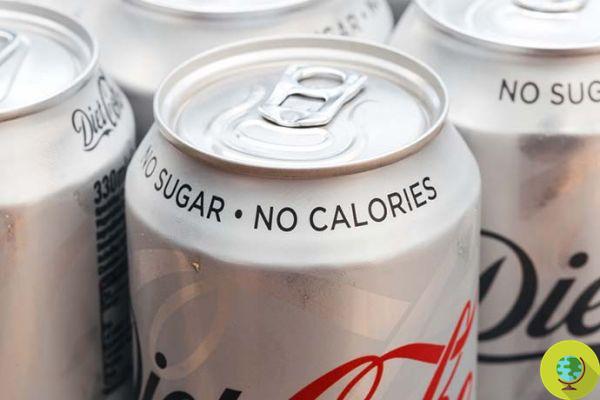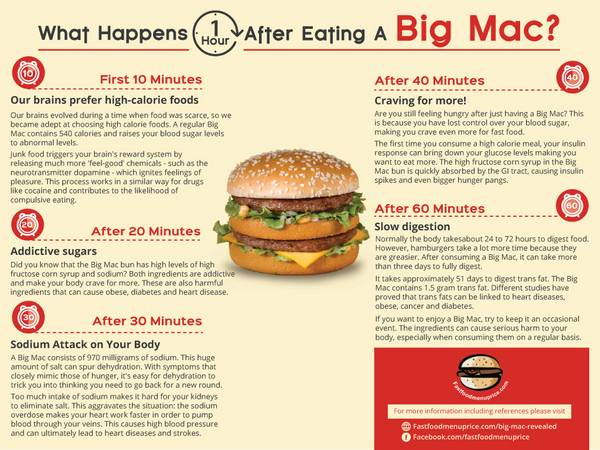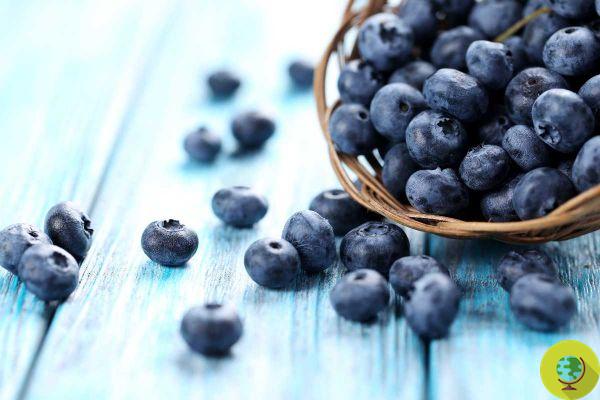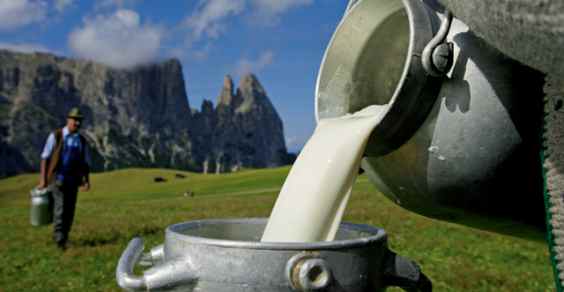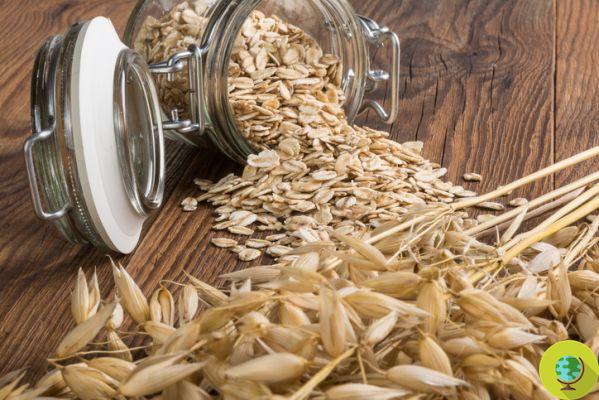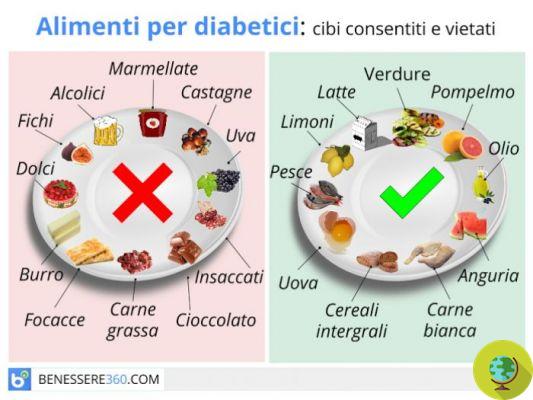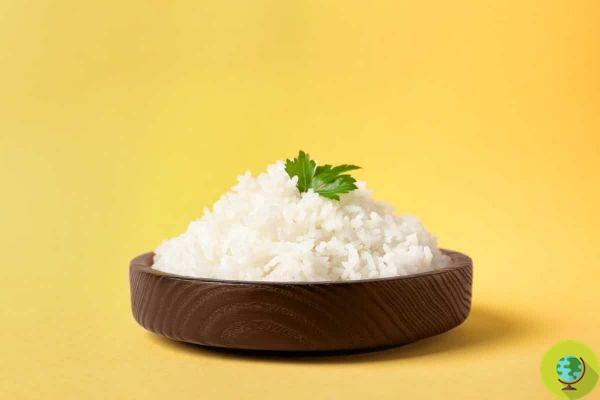
Arsenic in rice. Is the rice we bring to the table really safe? Arsenic is a naturally occurring element but is also a contaminant considered dangerous to humans that has been associated with very serious health problems, including lung cancer and skin cancers.
Arsenic in rice. Is the rice we bring to the table really safe? L'arsenic it is a naturally occurring element but in its inorganic form it becomes a contaminant considered dangerous to humans that has been associated with very serious health problems, including lung cancer and skin cancers.
Arsenic is an element naturally present on the earth's surface, in the air, water and soil, so it is normal that there may be traces of arsenic in rice. The increase in the presence of inorganic arsenic in rice however, it is linked touse of pesticides in agriculture andwater pollution. Here then is where the worries begin.
In fact, there are two types of arsenic: organic arsenic e inorganic arsenic. What constitutes a danger is theinorganic arsenic which is associated with various negative health effects. Inorganic arsenic residues may be present in rice due to pollution and the abuse of chemical pesticides.
Arsenic gets into our food because it is absorbed by plants through water and soils. It seems that among the foods we commonly consume, rice is the one that can absorb the most arsenic.
Unfortunately thepollution mainly caused by pesticides, herbicides and industrial waste, it contaminates the water and, as we well know, rice is the cereal that most needs water to grow. For this very reason higher levels of arsenic may be present in rice than in other cereals.
Read also: PLASTIC RICE: MAXI SEQUESTRO OF 2,5 TONS IN NIGERIA
Index
INORGANIC ARSENIC, THE MAJOR FOOD SOURCES
As EFSA reminds us, arsenic is a contaminant widely present in nature or as a result of human activity. It appears in many forms, which can be either organic - that is, containing carbon - or inorganic.
It is the foods, in particular i processed cereal-based products (As the bread of wheat flour and rice), the XNUMX cups milk and dairy product, as well as thedrinking water the main sources of exposure for the European population in general.
- Rice
- Wheat flour bread
- Processed cereal-based products
- Latte
- Dairy Products
- Drinking water
THElong-term intake of inorganic arsenic has been associated with a number of health problems, including skin lesions, cardiovascular disease and some forms of cancer.
ARSENIC IN CHILDREN'S RICE
The FDA in the United States has decided to set limits for the presence of arsenic in rice-based baby products. However, the FDA has not yet set any limits on the amount of rice an adult should eat to avoid introducing an excess of arsenic into the body. The recommendation in the US remains to follow a varied and balanced diet without overdoing any food.
EFSA AND INORGANIC ARSENIC LEVELS
In Europe, on the other hand, we have greater attention to the problem. The European Food Safety Authority (EFSA) has been considering the problem ofinorganic arsenic in food and drinking water and indicated the limit value considered safe for the intake of inorganic arsenic: 0,3-8 micrograms per kilo of body weight per day.
Read here and here the opinion of EFSA on arsenic in food.
THE IMPORTANCE OF CHANGING YOUR DIET
Consumer Reports suggests that vary the consumption of cereals for greater safety and not to eat only rice but to alternate it for example with buckwheat, amaranth, millet and corn polenta, where arsenic is almost never present. Bulgur, spelled and barley have very low levels of arsenic, and quinoa also contains less arsenic than rice according to Consumer Reports.
We can therefore alternate rice with products that contain less arsenic such as:
- More and more polenta
- Buckwheat
- Mile
- Amaranth
- Quinoa Salad
- bulgur
- Farro
- Orzo
WHOLEMEAL RICE AND REFINED RICE
According to a study by Consumer Reports on arsenic in rice, the brown rice it generally has higher amounts of arsenic than refined rice, because the highest levels of arsenic are found in the outermost part of the rice grain which is removed to make white rice. However, brown rice is usually considered healthier than refined rice, because it is richer in fiber and mineral salts.
Read also: WHITE RICE VS. WHOLEMEAL RICE: ADVANTAGES AND PRECAUTIONS
However, there are many varieties of rice. We can alternate the varieties of rice to bring to the table:
- Red rice
- Venus rice
- Black rice
- Basmati rice
- Wild rice
- Brown rice
HOW TO REDUCE THE LEVELS OF ARSENIC IN RICE
There is a trick to removing as much arsenic from rice as possible. Need cook the rice in plenty of water, as we do with pasta, and then drain the excess water when the rice is cooked. This x> method reduces arsenic levels in rice by 60%. The ratio of rice to water for cooking must be 1 to 6.
Even the famous tip of rinse the rice well before cooking it helps reduce arsenic levels and also helps remove any impurities from the product.
So with some precautions we can continue to consume rice without problems, bearing in mind the advice for cooking and the importance of alternating it with other cereals to follow a varied and complete diet.
Marta Albè




